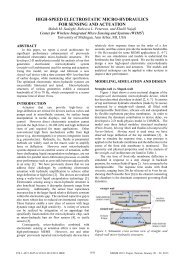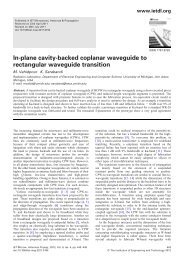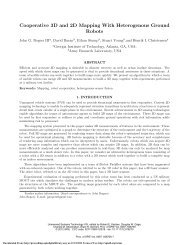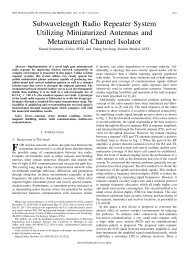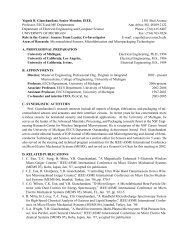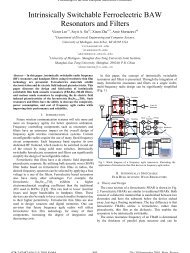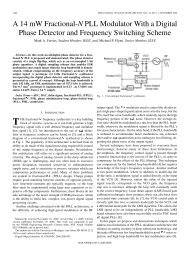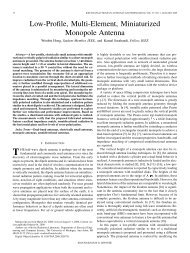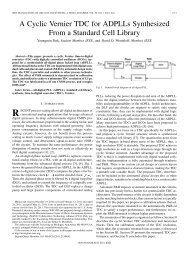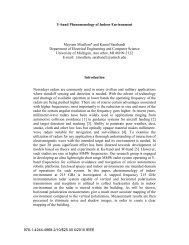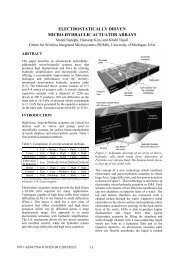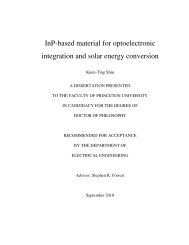[Sample B: Approval/Signature Sheet]
[Sample B: Approval/Signature Sheet]
[Sample B: Approval/Signature Sheet]
You also want an ePaper? Increase the reach of your titles
YUMPU automatically turns print PDFs into web optimized ePapers that Google loves.
(BCP), that has been shown to have sufficiently high electron conductivity[11]. The<br />
cathode metal-deposition-induced damage on BCP results in a high density of conducting<br />
trap states. A second type of EBL is based on tris-(acetylacetonato) ruthenium (III)<br />
[Ru(acac) 3 ] and related compounds that have a small HOMO energy [12]. In this case,<br />
holes from the cathode are transported along the HOMO of Ru(acac) 3 and recombine<br />
with electrons at the acceptor/EBL interface. Most recently, a third type of EBL has been<br />
introduced based on 3,4,9,10 perylenetetracarboxylic (PTCBI) [13]. The LUMO of<br />
PTCBI is aligned with that of the acceptor C 60 , allowing for low-resistance transport of<br />
electrons directly from acceptor to cathode. As a result, this PTCBI layer serves as an<br />
efficient electron conductor and forms a low energy barrier contact with the Ag cathode.<br />
Adding an transparent wide band gap 1,4,5,8-napthalene-tetracarboxylic-dianhydride<br />
(NTCDA) in combination with PTCBI allows for optimized optical spacing and efficient<br />
exciton blocking [13]. Tris-(8-hydroxyquinoline) aluminum (Alq 3 ) [14] and<br />
bathophenanthroline (BPhen) [15] are also examples of the organic materials used as<br />
EBLs in planar solar cells. In this work, both BCP and PTCBI have been used as the<br />
EBL for all devices studied.<br />
An alternative approach to overcoming the short L D problem as discussed in a planar<br />
HJ is to form a bulk HJ between the donor and acceptor materials with a large interface<br />
area, as shown in Fig. 1.2(b). In this case, an entangled region with two constituents is<br />
formed whereby photons can be absorbed over a long distance, creating excitons within a<br />
diffusion length of a D/A interface where photoinduced charge transfer can occur [16].<br />
6


![[Sample B: Approval/Signature Sheet]](https://img.yumpu.com/34084789/26/500x640/sample-b-approval-signature-sheet.jpg)
